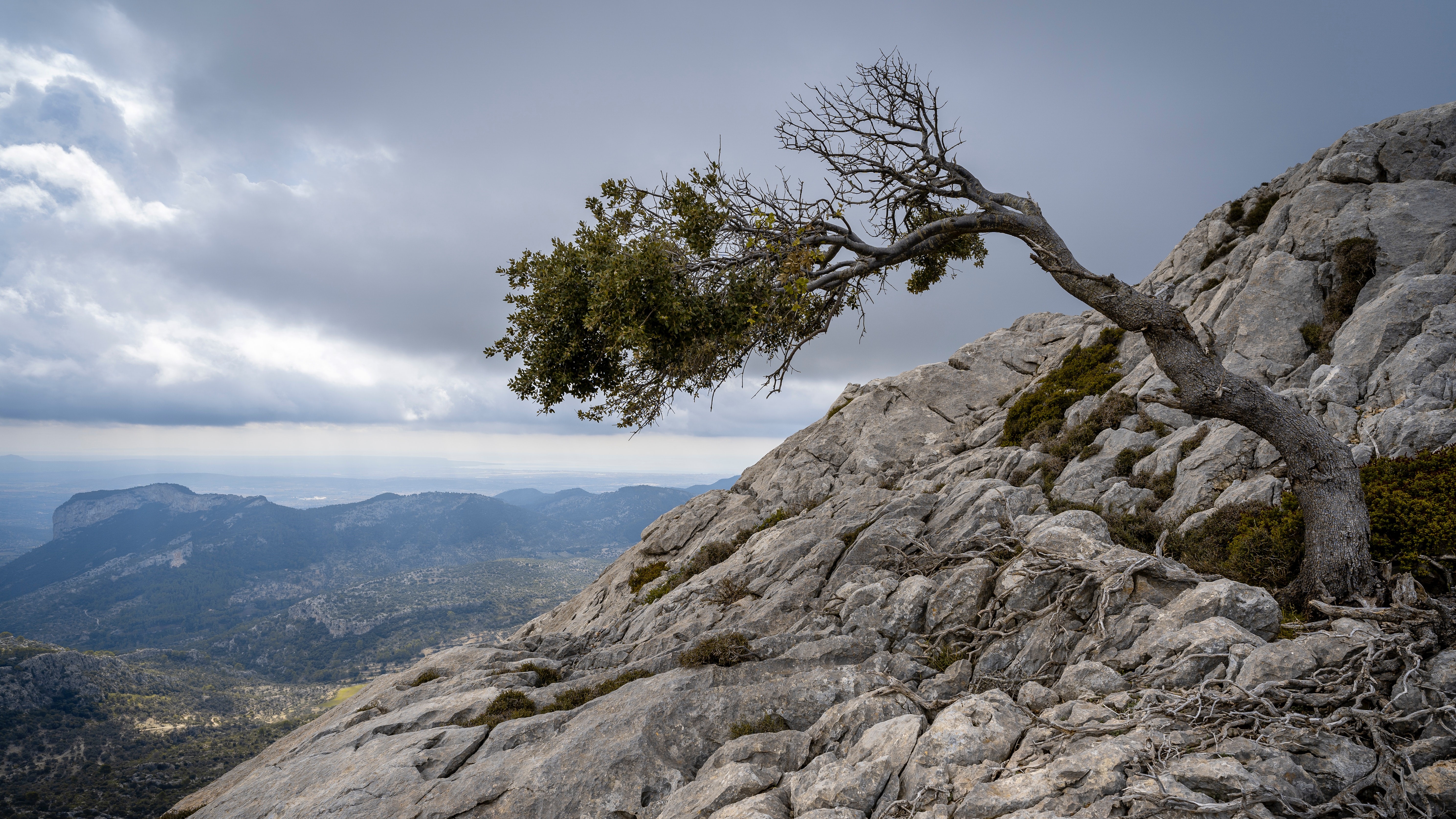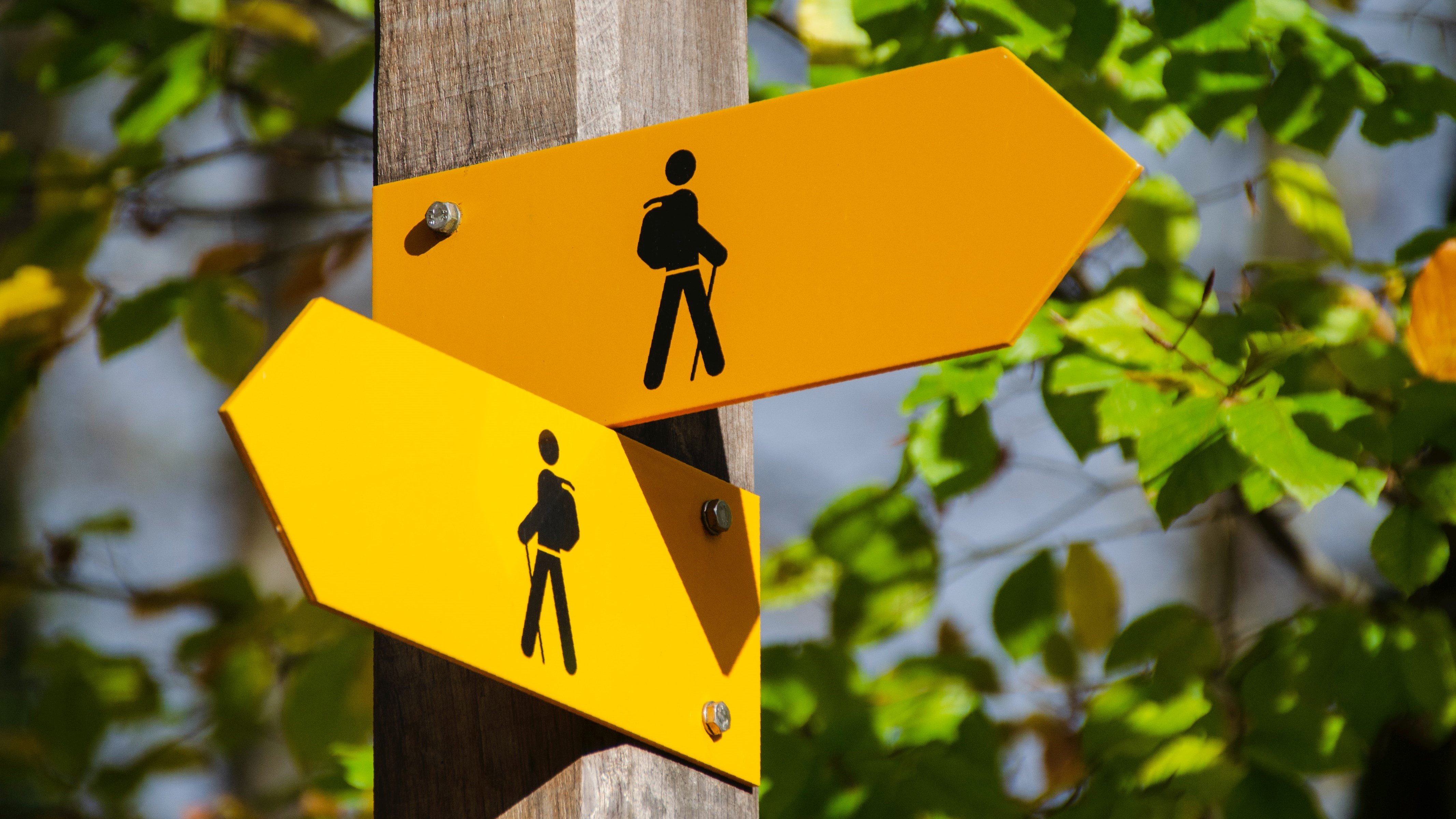When Community Resilience to Extreme Weather (CREW) decided to pilot a neighbourhood resiliency map for Toronto’s Wards 13 & 14 it asked Jose A. Lao and Santessa Henriques for help. Resiliency is the ability of a community to cope with extreme stressors, make the very best of them, and bounce back afterwards. It sounds straightforward but measuring it is not so simple.
Jose is an environmental professional from Cuba. Building on his experience with the Cuban Disaster Risk Reduction Program he now  works with data to develop sustainability strategies in his new Toronto communities. For CREW, Jose developed a resiliency indicator system that is modelled on San Francisco’s Climate and Health Profile.
works with data to develop sustainability strategies in his new Toronto communities. For CREW, Jose developed a resiliency indicator system that is modelled on San Francisco’s Climate and Health Profile.
Santessa is a storyteller with a background in GIS mapping and urban planning. As an urban-environmental specialist she wanted to tell an engaging story about extreme weather and its impact on city neighbourhoods.
Santessa has made the resiliency indicator system visual, interactive and easy to use so that all residents of Wards 13 & 14 can enjoy learning more about their communities and benefit from the map’s public health and weather preparedness information.
(Photo to right :Jose A. Lao and Santessa Henriques)
The Neighbourhood Resiliency Map is now online here, but there are many more local stories to tell and we won’t call it finished until we’ve captured the best resilience picture possible.
Resiliency
There are several ways to think about resiliency. For city bureaucrats it often means the capacity of buildings, the economy, or even infrastructure such as roads, water mains or electrical grids to recover quickly from disaster. Cities recognize that extreme weather, often associated with climate change, is a real threat.
Weather disasters such as New York’s Super Storm Sandy and Louisiana’s Hurricane Katrina have been a rich source of research data.
What’s now understood is that neighbourliness is a significant indicator of a community’s ability to cope with disaster and get back to near normal in a reasonably short time. A healthy recovery is not dependant on the scale of the disaster, the wealth of a community, or the amount of money that is sent in to help out. Instead it’s often about the pre-existing social connections within the communities. It’s about how well people knew each other before the event happened, their levels of commitment to their neighbours and neighbourhoods and their feelings of connectedness—this social infrastructure is a most important component of resilience.
And that’s where you come in. If you are resident of Ward 13 or 14, CREW wants to hear about the levels of social connectedness in your neighbourhoods. You’ll find your story map online here.
If you’re not from our pilot wards, and would like a Neighbourhood Resiliency Map for your own community, you can get in touch with us anytime at thecrew@crewtoronto,ca.






